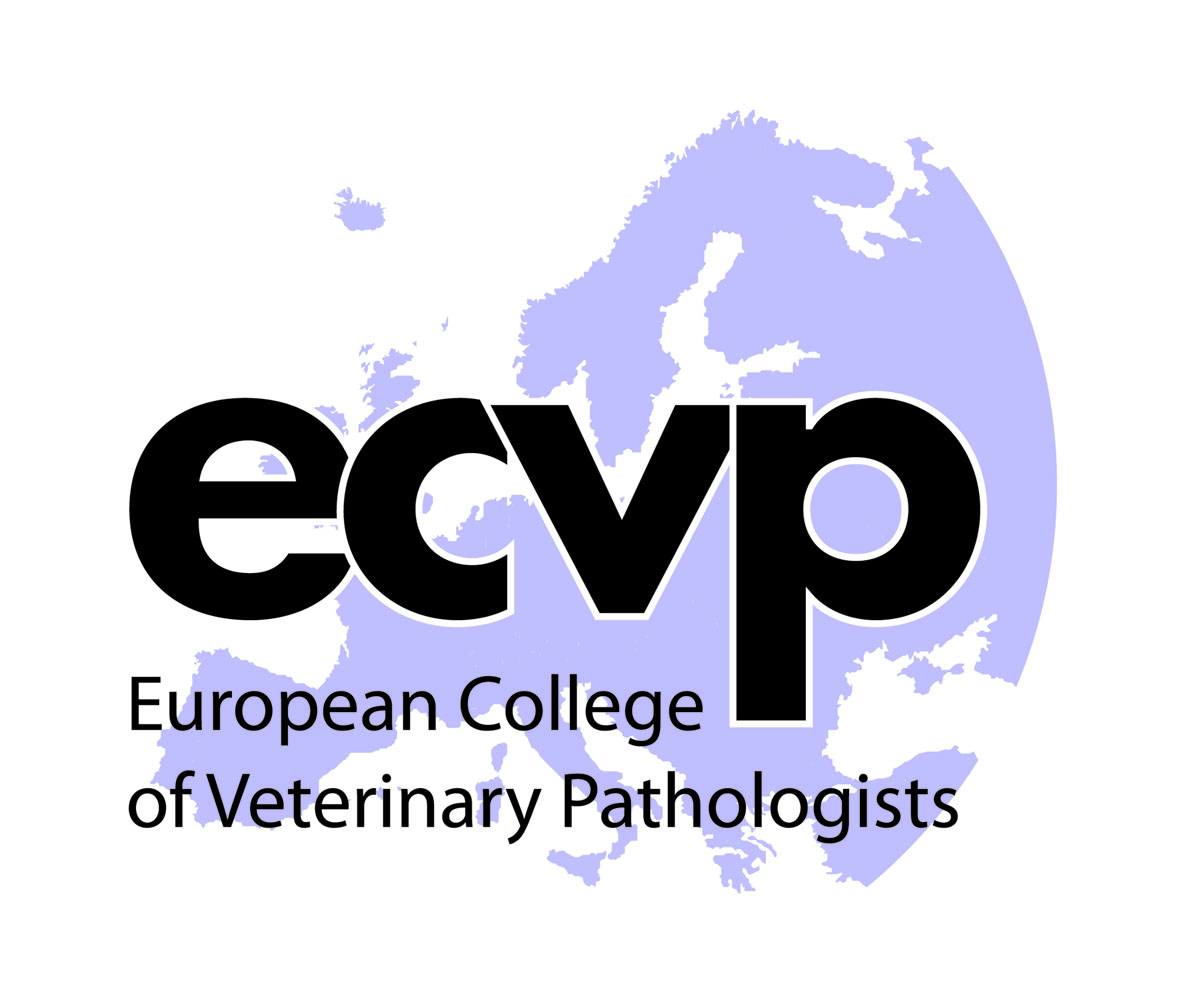Abstract submission instructions - Anatomic Pathology 2024
Posters & Oral Abstracts
Submission is now closed
These instructions are a summary of the specific instructions given at each point of the online abstract submission process. They are presented here to facilitate abstract preparation before final submission. The deadline for receipt of the abstracts is 23.59 GMT +1 on April 30, 2024, and the online abstract submission site will be deactivated as of 00.01 GMT +1 on May 1, 2024. After this date, abstracts will not be accepted or considered!
The abstracts of any presenting authors not attending the congress will not be published following the congress in the Journal of Comparative Pathology
- Presentation: Select oral or poster
- Ethics statement: Provide suitable information if your work required approval from an Ethics Committee.
- Please keep in mind that abstracts can only be accepted if the work has not been already published. Accepted abstracts presented at the meeting will be later published in the Journal of Comparative Pathology.
- Authors: Provide details of each author in the order that they should appear in the abstract. Only the presenting author needs to provide an email and institutional postal address. The department, institution and country (i.e. affiliation) is required for each author.
Instructions for the abstract
- The abstract can be a maximum of 250 words, including the subheadings 'Introduction', 'Materials and Methods', 'Results' and 'Conclusions' (6 words). The title, authors and affiliations are not included in this word limit and have no length restriction.
- Abbreviations: Unless commonly known such as PCR or HE, spell out any abbreviations in full when first mentioned, followed by the abbreviation in parentheses.
- Tables, figures, literature references or acknowledgements are not allowed
- Abstracts will only be accepted if written in clear and concise English. Your abstract will not be edited; you are responsible for any spelling, grammatical, and typographical errors.
- On the bottom of this page is a field for acknowledgements, it is not included in the abstracts word limit.
You'll see a preview of your abstract before final submission.
For submission the following subsections are required
Background
Clearly state the background and the purpose of the study so that readers are informed as to the subject of your research.
Materials and Methods
Describe your experimental subjects such as species and group sizes, as well as study design, selection of diagnostic methods clearly so that readers understand how you conducted your research.
Results
Present your results as specifically and precisely as possible in a logical sequence so that readers understand the findings of your research. Give data where appropriate.
Conclusions
Emphasize any new and important aspects and give any conclusions that can be drawn from them, possibly in the context of previous knowledge. Do not write “…. will be discussed”.
Acknowledgements
Please use this field solely for acknowledgements. It is not included in the abstract's word limit but has a length restriction of 25 words.
- Abstract:
1. The body of the abstract should be 250 words or less, including the subheadings 'Introduction', 'Material and Methods', 'Results' and 'Conclusions' (6 words). The title, authors and affiliations are not included in this word limit and have no length restriction.
2. Abbreviations: Unless commonly known, such as PCR or HE, spell out any abbreviations in full when first mentioned, followed by the abbreviation in parentheses.
3. Tables, figures or literature references are not allowed.
4. On the bottom of the abstract page there is a field for acknowledgements, it is not included in the abstracts word limit. Please note, only funding acknowledgements can be accepted.
5. Use British spelling and spell check. Abstracts will only be accepted if written in clear and concise English. Your abstract will not be edited; you are responsible for any spelling, grammatical, and typographical errors.
6. Embedded symbols or formatting should not be used. Basic symbols are okay to use.
7. Introduction. Clearly state the background and the purpose of the study so that readers are informed as to the subject of your research.
8. Material and methods. Describe your experimental subjects such as species and group sizes, as well as study design, selection of diagnostic methods clearly so that readers understand how you conducted your research.
9. Results: Describe your experimental subjects such as species and group sizes, as well as study design, selection of diagnostic methods clearly so that readers understand how you conducted your research.
10. Conclusions: Emphasize any new and important aspects of your research and give any conclusion that can be drawn from them. Do not write: “will be discussed”.
11. No bibliography/references should be included.
Call for Mystery Slide Session
The ESVP/ECVP Scientific Committee is preparing an interactive “Mystery Slide session” where each case will be presented and informally discussed with colleagues in 10 minutes. The topic of the session is open. The case session will be held on Saturday, 31st August 2024.
Please consider a submission as a mystery case if you have cases that fit with one of the following situations:
- diagnostic challenges
- cold cases
- “once in a lifetime” cases
- “I have seen something you wouldn’t believe” cases
The deadline submission is before Monday 17th June 2024.
Please send your submissions to session chairs Pedro Faísca (pedrofaisca76@gmail.com) and Luca Aresu (luca.aresu@unito.it) by email with the subject line “(Your name) Second Opinion Round Session Mystery Slide Case Submission” and attach the following:
If you already have one or more of those cases, you can start preparing a single PDF document consisting of a summary of the case (250 words maximum) including title, your name, institution, and contact information (e-mail address mandatory), signalment, short history, summary of representative gross and microscopic findings, any additional supporting data, and no more than five good quality images (including histology and/or gross pictures, special stains, immunohistochemistry and any other useful technique such as clonality, EM etc.) that are representative of the lesion.
Because we want it to be interactive and a voting system will be available, please think on multi-choice differentials for each diagnosis.
We are thrilled to get your cases.

